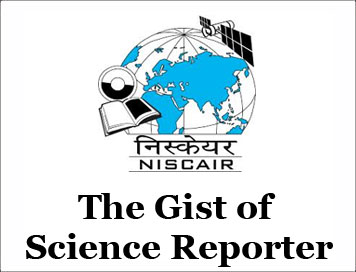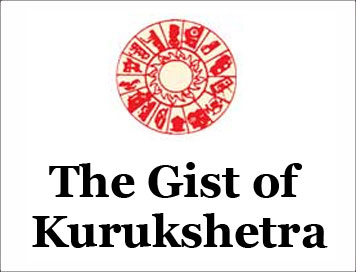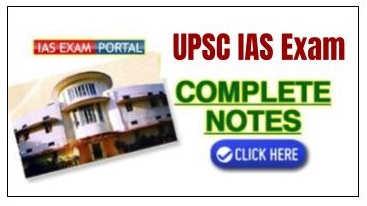
Public Administration Mains 2023 : Solved Paper Question Paper-2 (Question-3)
Section A
- Exam Name: UPSC IAS Mains Public Administration (Paper-II)
- Year : 2023
- Marks: 250
- Time Allowed: 3 Hours
3. (a) India has significantly advanced in its development goals, increased efficiency in the public sector and unlocked innovation in private sector by adopting the approach of building Digital Public Infrastructure. Elucidate. 20
Digital Public Infrastructure (DPI) can be seen as a combination of digital infrastructure, such as internet connectivity, data centers, and cloud computing, and digital applications, such as Aadhaar, UPI, DigiLocker, and Co-WIN, that leverage the digital infrastructure to provide various solutions and benefits to the users.
India has adopted the approach of building DPI to advance its development goals, increase efficiency in the public sector, and unlock innovation in the private sector, by:
• Providing universal and affordable access to digital services, such as identity, payments, health, education, and social security, to the citizens, especially the poor and marginalized sections of the society, and thus enhancing their empowerment, inclusion, and welfare.
• Improving the transparency, accountability, and responsiveness of the public administration, governance, and service delivery, by reducing the intermediaries, red tape, corruption, and leakages, and by enabling the real-time monitoring, evaluation, and feedback of the public policies and programs.
• Fostering a conducive and competitive environment for the private sector, especially the startups and MSMEs, to innovate, collaborate, and scale up their products and services, by providing them with the access to the DPI platforms and data, and by creating a large and diverse market and consumer base.
(b) "Attempts to prepare unified and holistic plans for the country are complex and full of challenges." Discuss. 20
ANSWER: ONLY FOR COURSE MEMBERS
(c) "Excessive political interference in development process has become a cause of concern in achieving national goals." Examine. 10
ANSWER: ONLY FOR COURSE MEMBERS









